What is cardiac arrest step 3
Cardiac arrest step 3 brings into play Automated External Defibrillators (AEDs). Combined with CPR the use of an AED early increases chances of survival. Increased awareness and access to AEDs is becoming more prevalent. Public access defibrillators are now found in a variety of locations. These include petrol stations, supermarkets and in villages alike. There are several different ways of opening the outer cabinets. Some are fitted with a red push button, whilst others may require an access code. Public access defibrillators certainly need to be registered with the ambulance service.
Cardiac arrest step 3 – CPR
In cardiac arrest step 3 CPR must commence basically. AEDs are designed at disrupting inappropriate heart rhythms. Cardiac arrest (often referred to as flat line) refers to no electrical activity in the heart. CPR has to commence despite this to cause circulation. This leads to electrical output. Once the defibrillator arrives stop CPR and open the defibrillator up.
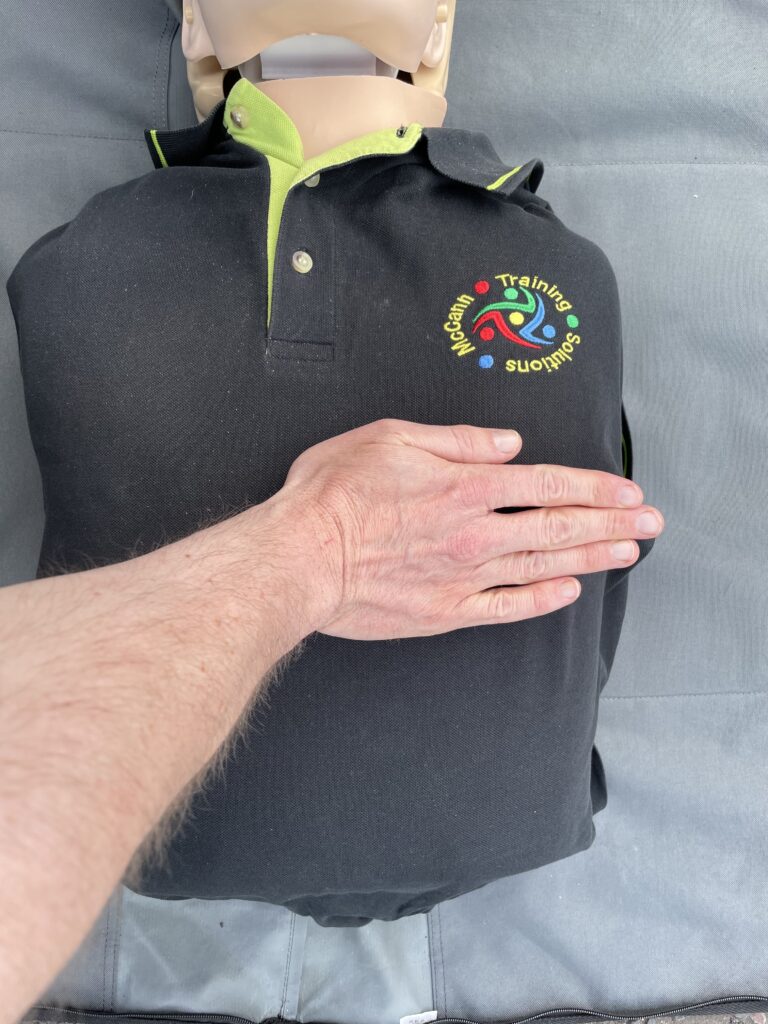
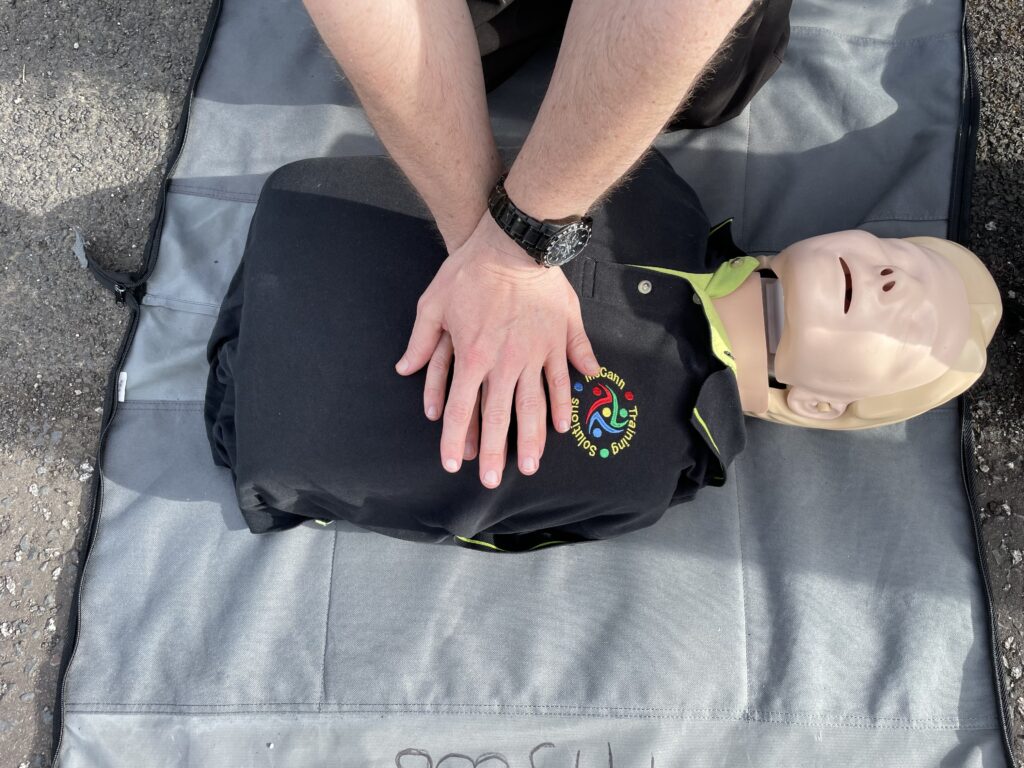
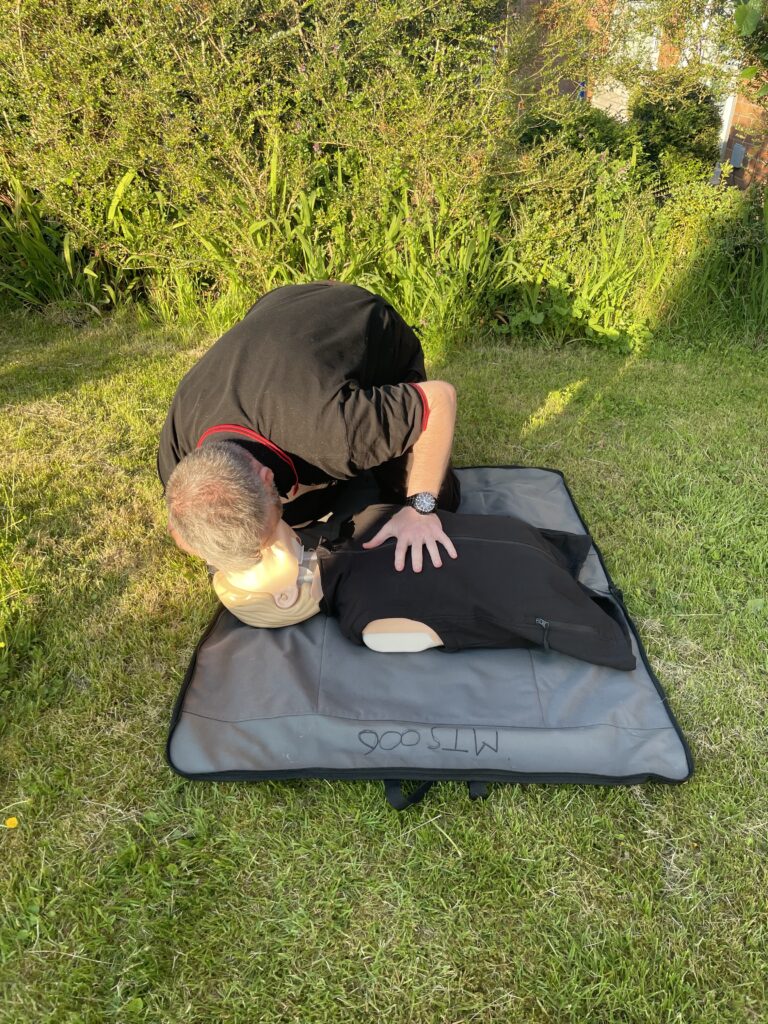
Cardiac arrest step 3 – Arrival of the AED
In cardiac arrest step 3 the AED arrives. There are several phases in this step.
- Phase 1 – Stop CPR immediately
- Phase 2 – Remove AED from box equally
- Phase 3 – Cut or remove al clothing on the chest
- Phase 4 – remove any hair, jewelry from neck & chest doubtedly
- Phase 5 – Dry the chest equally
- Phase 6 – Remove pads & place down as shown in pictures
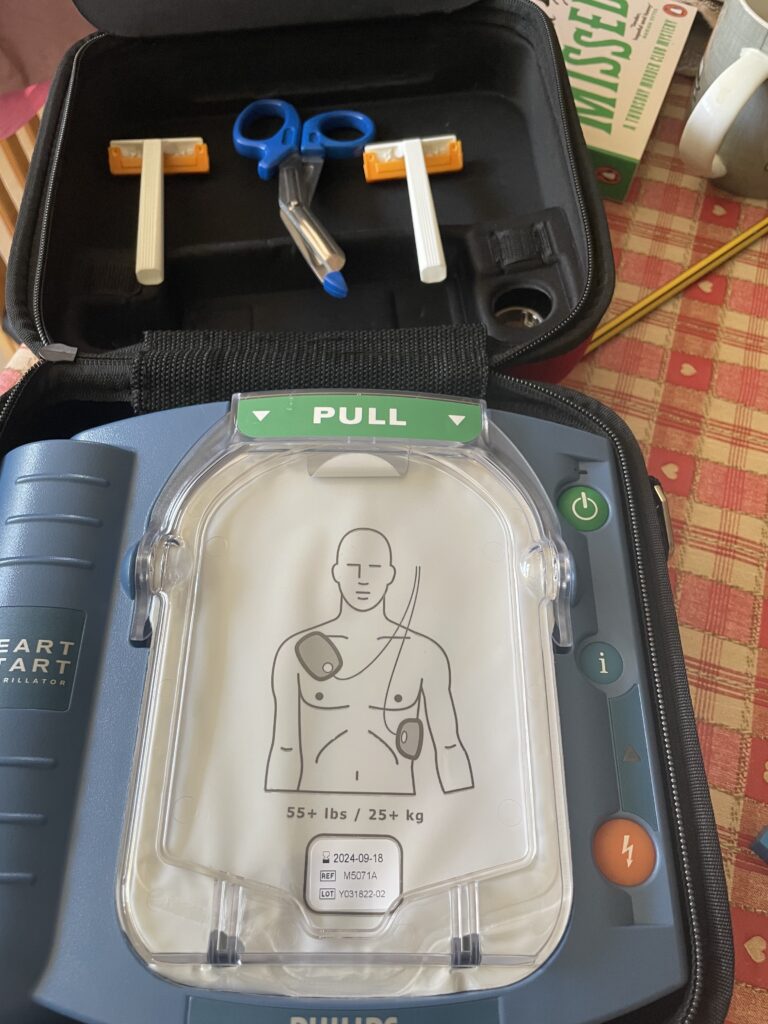
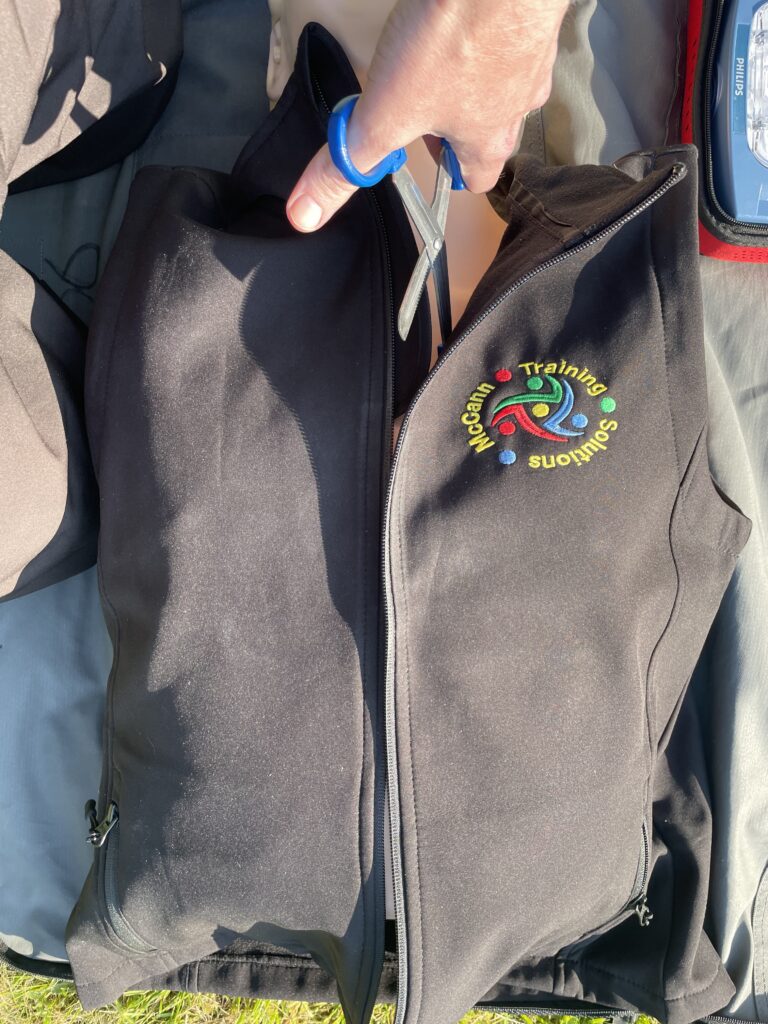
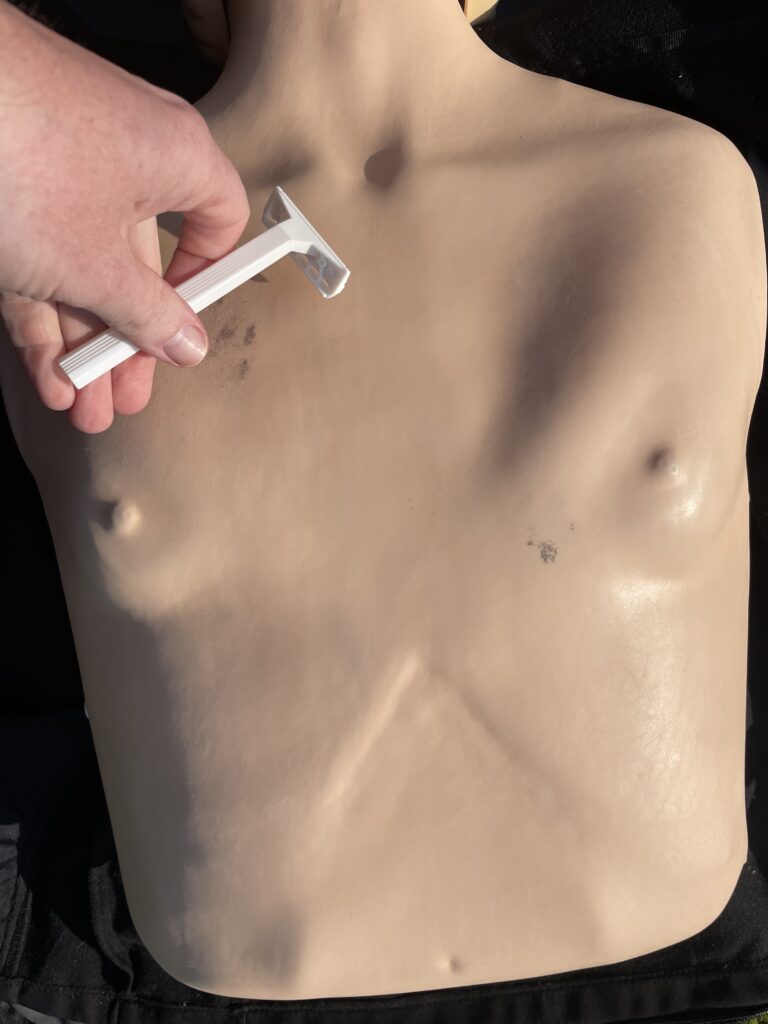
Use on adults
To use on adults look carefully at the pictures on the pads. One pad is placed on the right shoulder section. The second pad however is placed on the left hand side of the chest . Basically it does not matter which pad goes down first. But it does matter that you put the correct pad in the correct place besides. Warn people to stand back both physically and verbally otherwise the AED might not work.
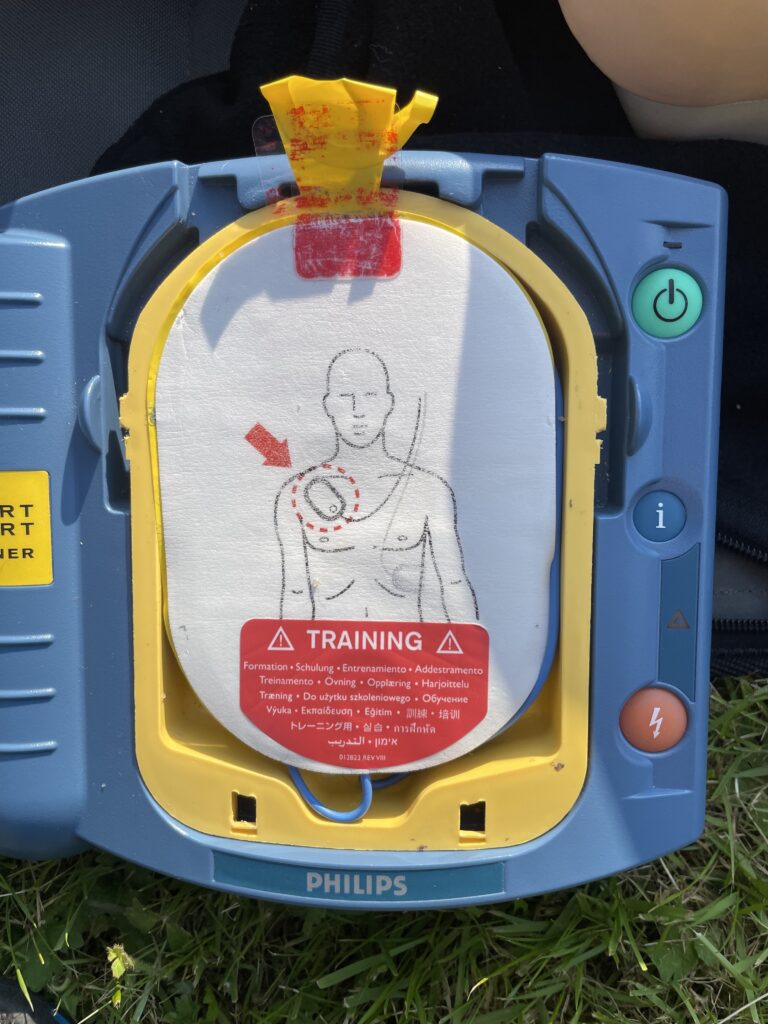
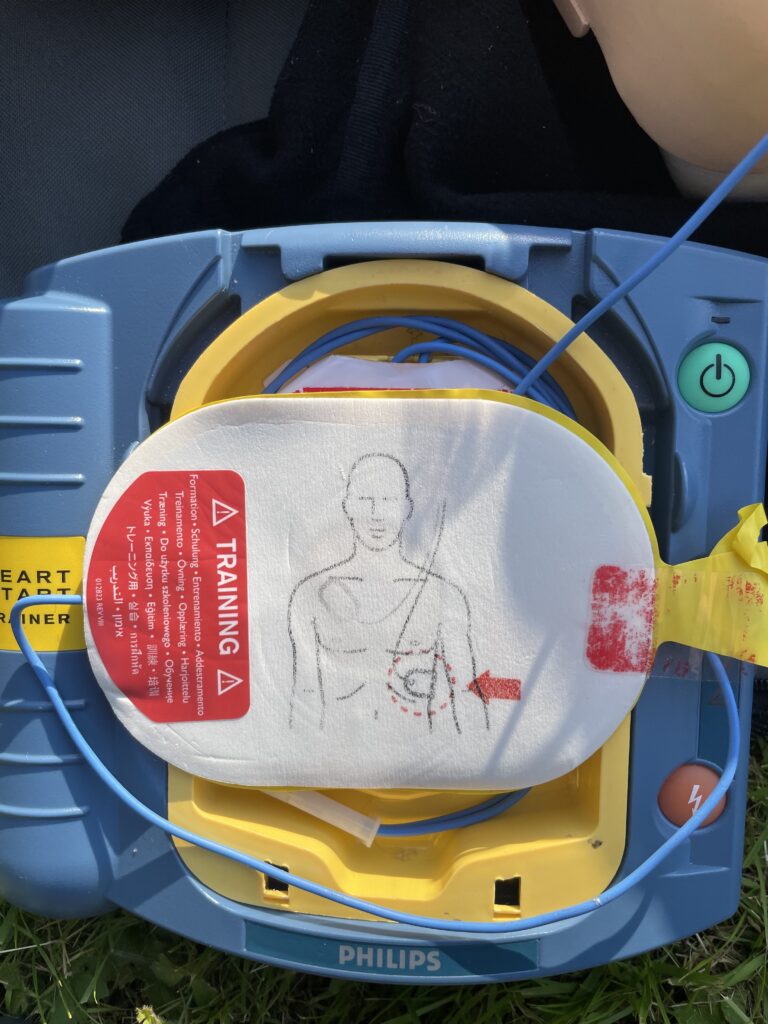
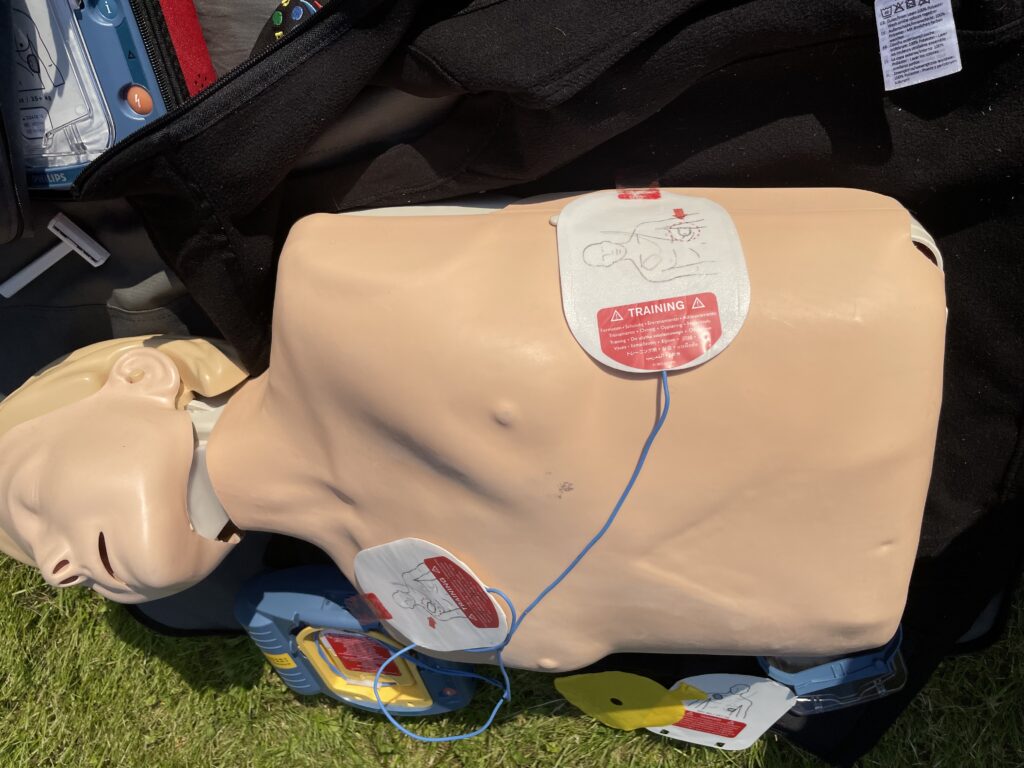
Use on children
The use on children of an AED is slightly different. Children aged 8 and under have pads placed differently. One pad is placed on the child’s back between the shoulder blades. The other pad is placed on the centre of the child’s chest. Comparatively the same rule applies. It does not matter what pad goes on first. Despite this i would place the back pad on first followed by the front pad.
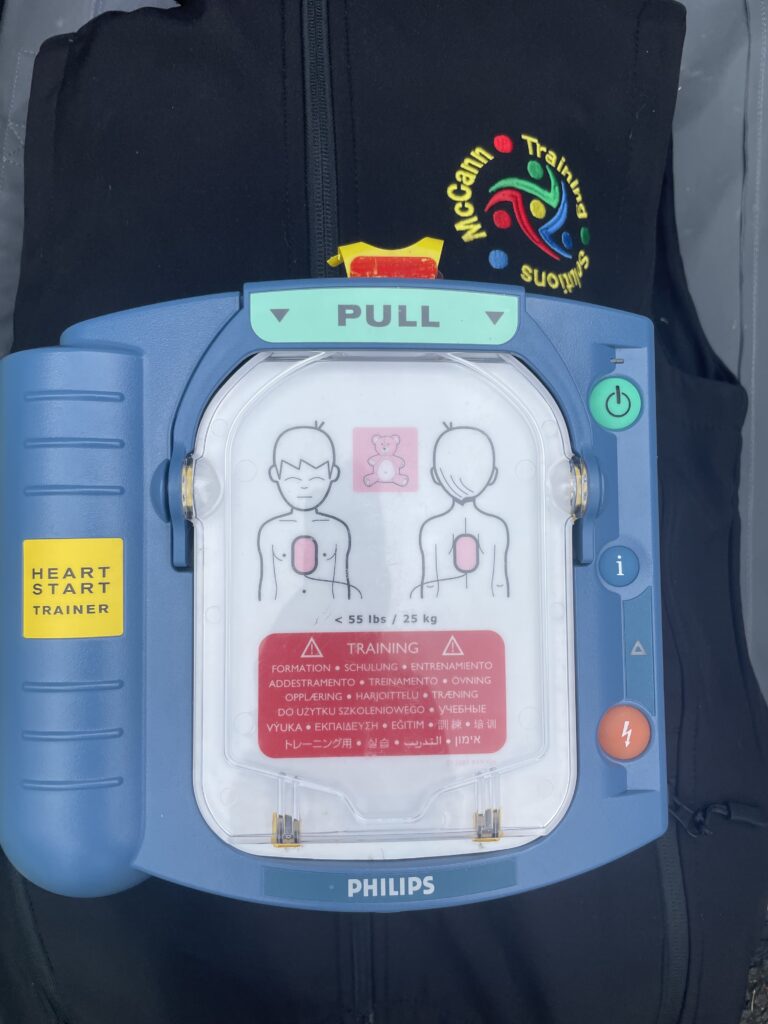
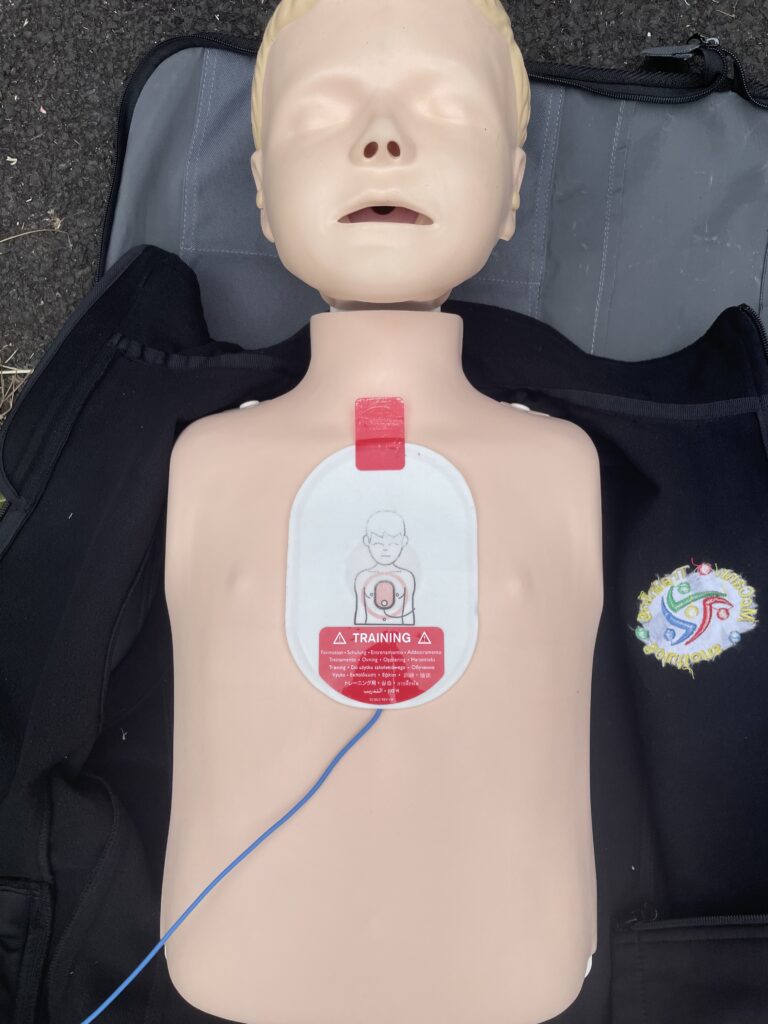
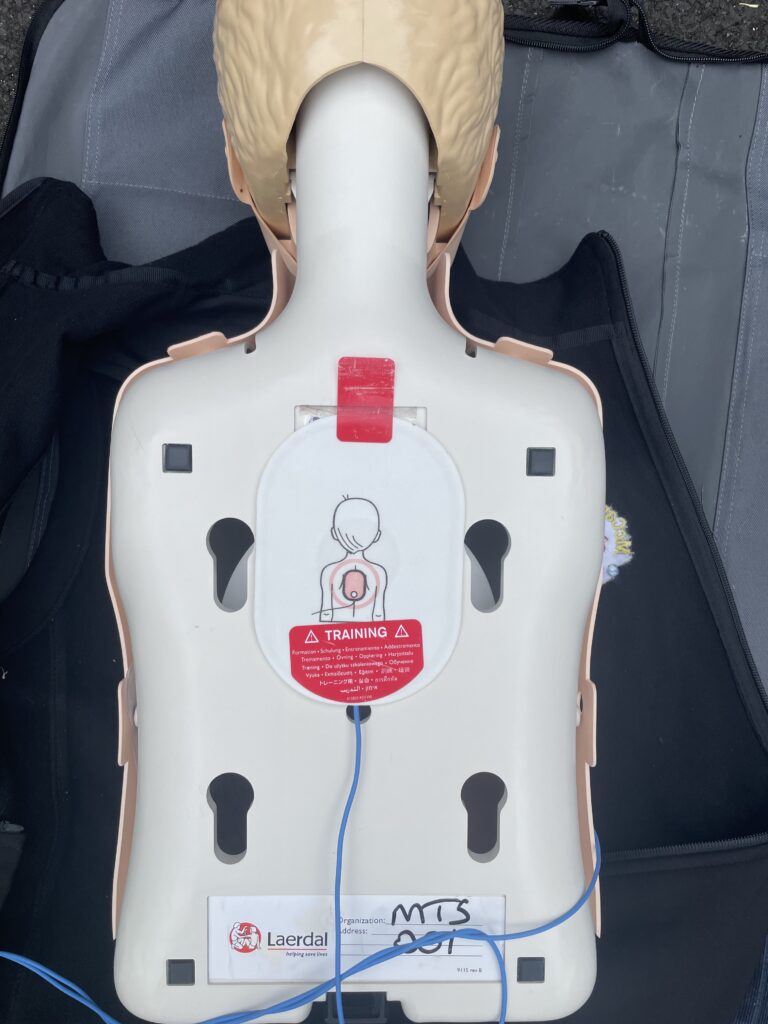
Steps to cardiac arrest
There are 4 steps in cardiac arrest. Learn more about cardiac arrests in the steps below.
- Step 1 – Early recognition and call for professional help
- Step 2 – Early CPR must be initiated
- Step 3 – Early access to defibrillation is critical likewise and combined with CPR
- Step 4 – Early post resuscitation care to restore the quality of life however also apply
You can’t change what happens, you can change what you do about it
danny mccann – mccann training solutions